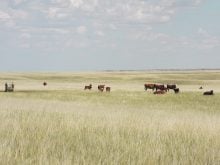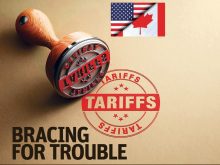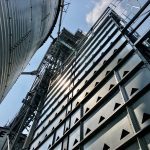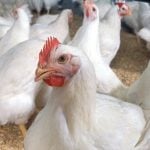Saskatchewan forage production was below average this year but high asking prices limited movement this fall.
The Saskatchewan Forage Council’s fall forage market report shows that yields were near average in many regions but those in the east-central part of the province were “especially disappointing.”
Hay yields were actually higher than the last two years overall, the report said, but still below the long-term average for the fourth time in four years.
Drought limited growth through the southern half of the agricultural region.
Read Also

Feeder market continues the climb
For the week ending Aug. 30, Western Canadian feeder cattle markets traded $4-8 per hundredweight higher on average.
The silver lining, said Julie Mackenzie, who compiled the report, is that producers prepared.
“We’re seeing more and more silage,” she said. “We have bigger herds and we have people who are custom silagers, so they’re willing to do it. We’ve developed the tarping systems and the bagging systems so you don’t need to build a big expensive pit.”
Another factor is the increasing use of annuals. Cow-calf producers have begun growing annuals or renting crop land to grow greenfeed and yields generally were above average. Mackenzie said that’s because producers are looking after it, instead of just seeding it and leaving it.
“We’re using the agronomics on it,” she said.
Greenfeed is no longer considered an alternative crop because 50 to 80 percent of cattle producers say it is a staple in their operation. The report notes that 80 percent of forage users surveyed say they will have sufficient supply, compared to 67 percent last year.
So while perennial forages suffered due to the drought, annuals did well.
Mackenzie said forage prices are lower this year because of this supply and preparation.
“Guys are not going to get caught again like they were when they were having to pay $150 a tonne,” she said.
The weighted average prices for forage in Saskatchewan this year are $122.48 per tonne for grass hay, $141.45 for first-cut alfalfa, $178.10 for second-cut alfalfa, and $135.35 for alfalfa/grass.
Greenfeed is averaging $92.74 per tonne, while cereal straw is at $48.28 and pulse straw, $73.49.
Small square hay bales are going for $5.93 per bale, compared to $7.07 last year.
Mackenzie said one area of concern is the east-central region that typically doesn’t suffer from dry conditions but did in 2020. Producers there aren’t used to paying the price for feed that southwestern and west-central producers often do.
Some may have teamed up with grain grower neighbours who had hail or poor crop production, she suggested.
So far, hay trucks aren’t moving very far.
She said in some areas, corn silage production was less than expected after the Sept. 8 frost set the crop back and producers who use this feed may go through their piles completely this winter.
Spring moisture will be critical for all regions.
The full report can be found at www.saskforage.ca.

















